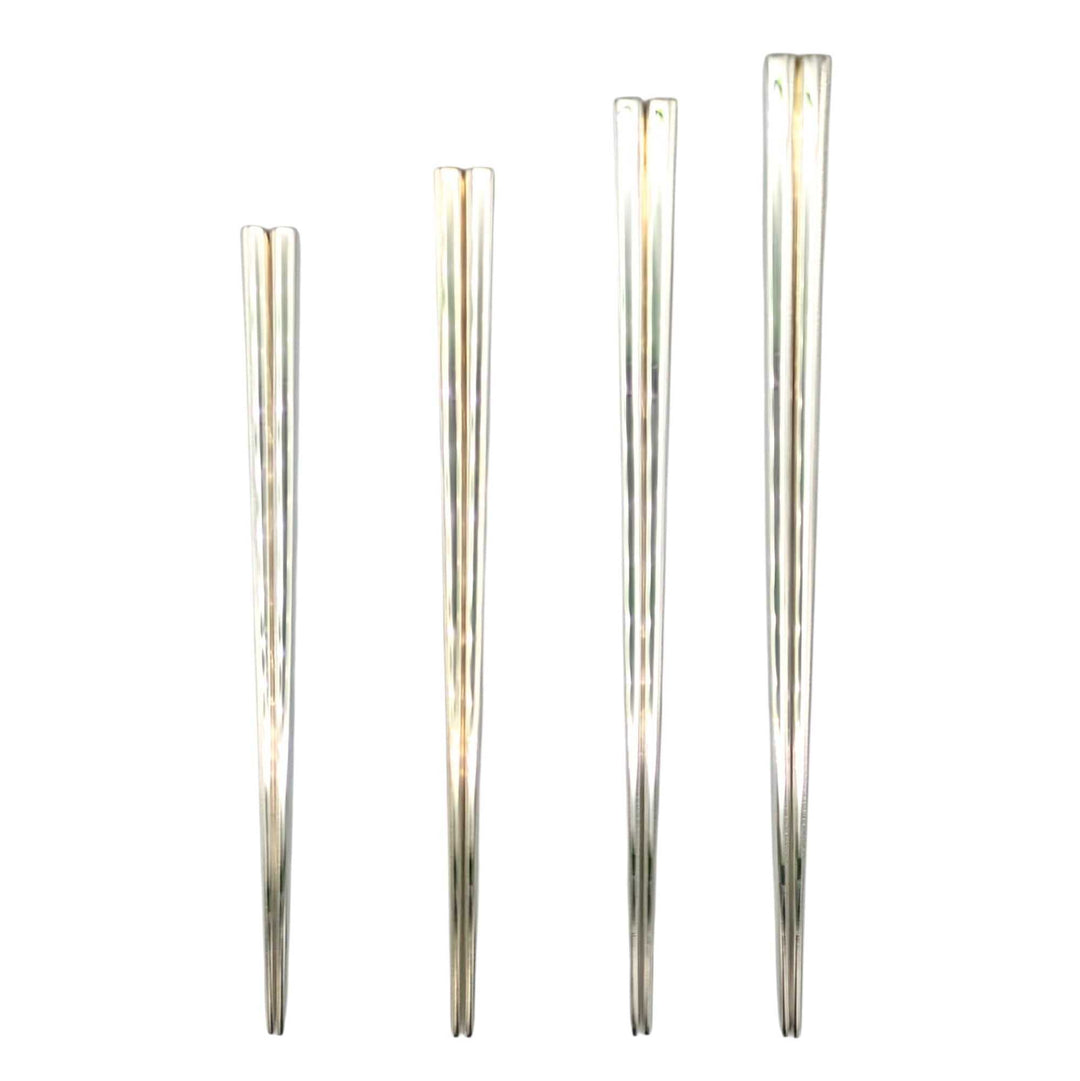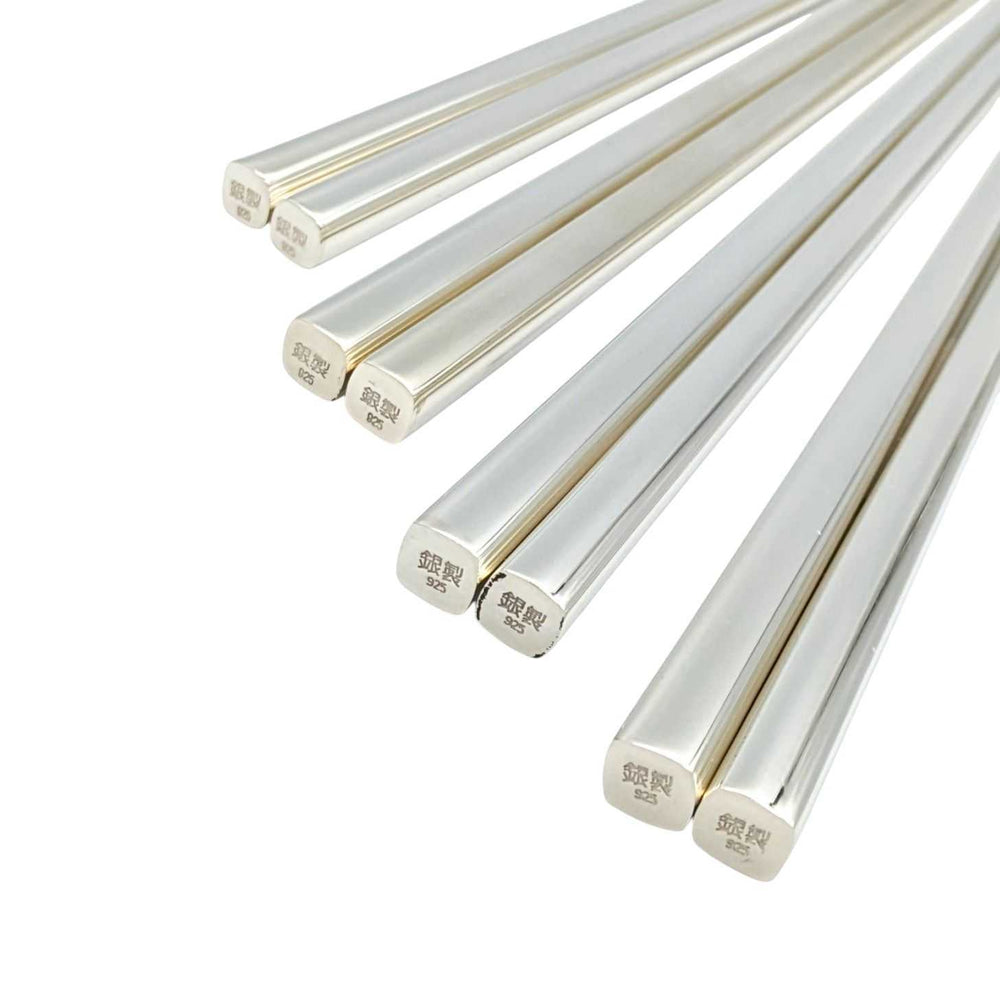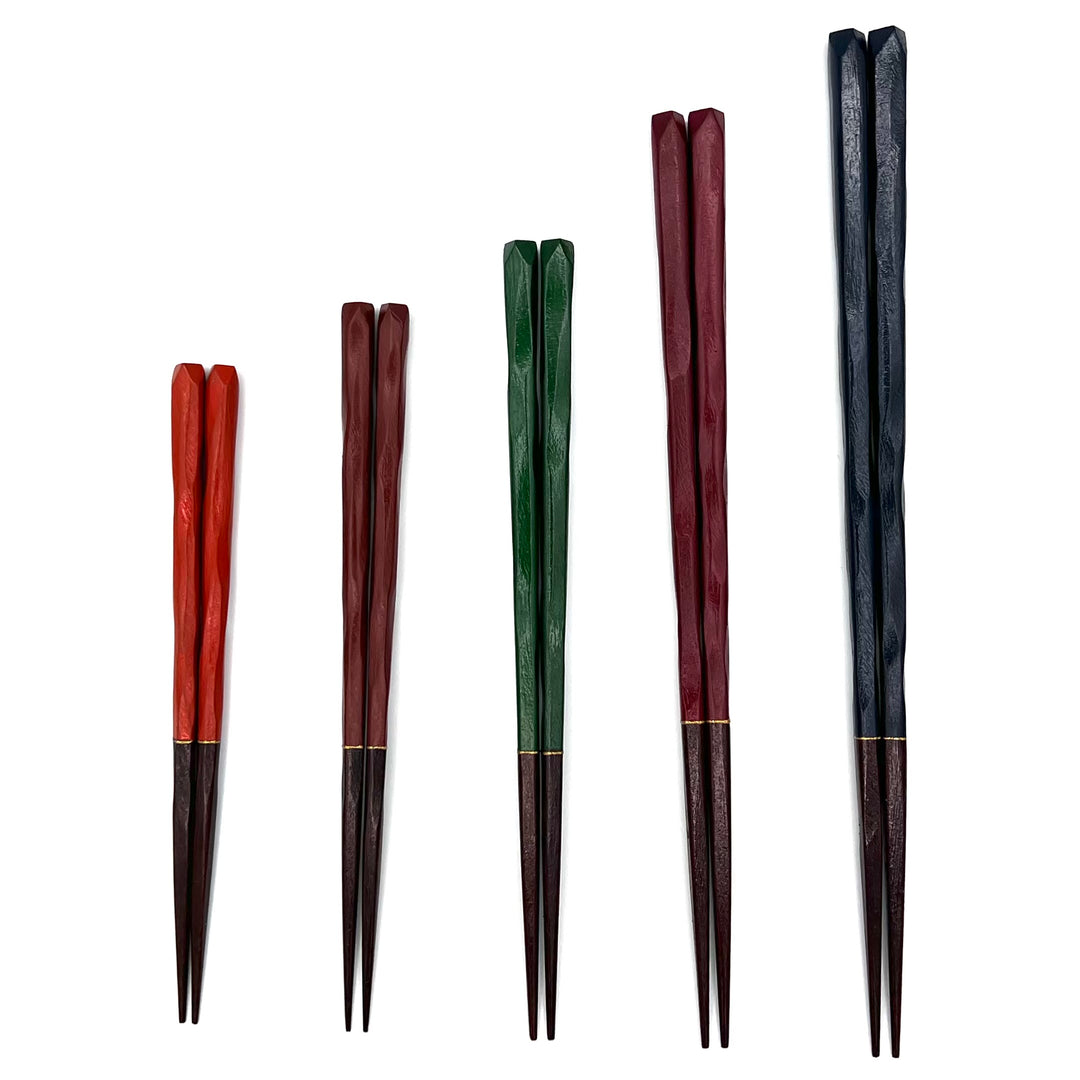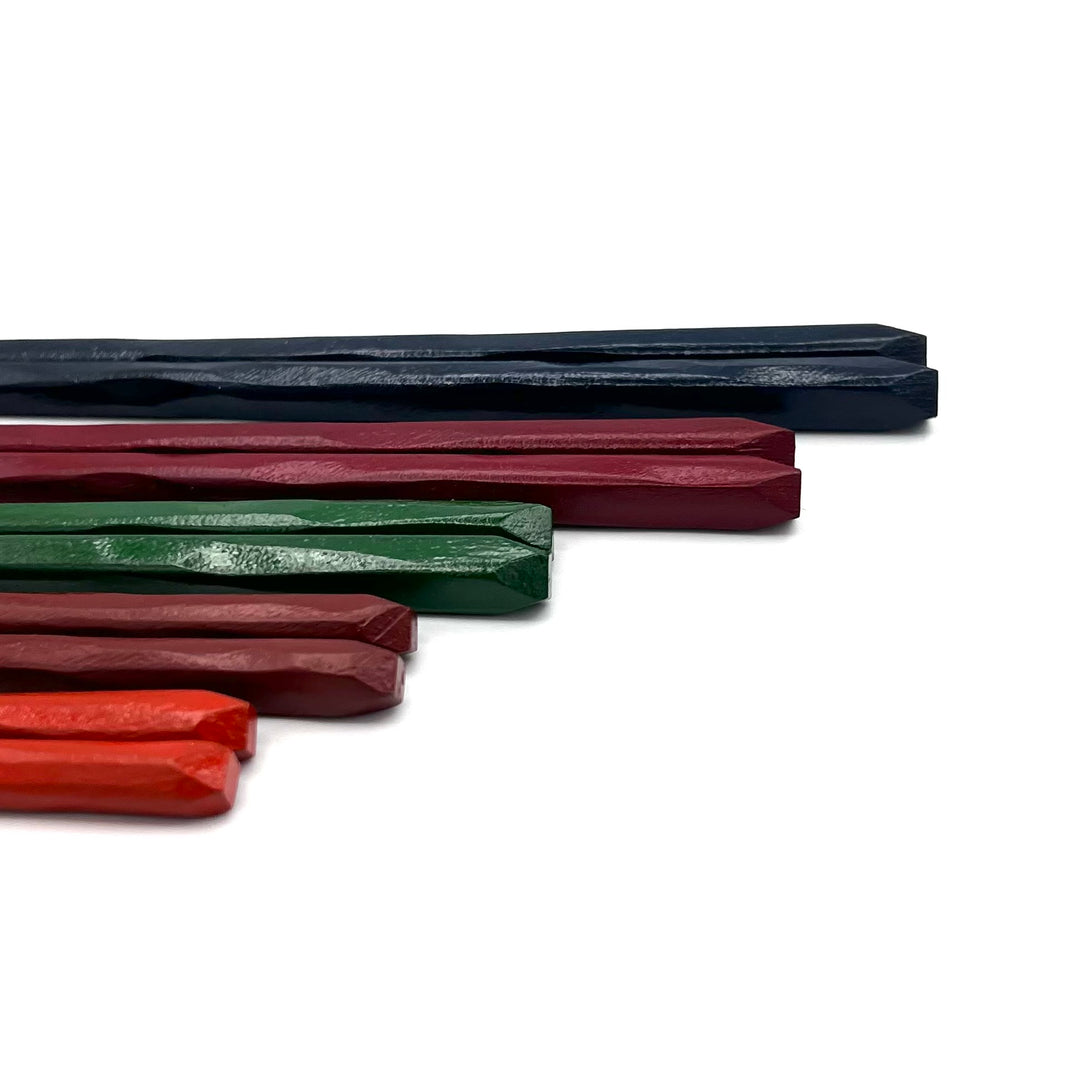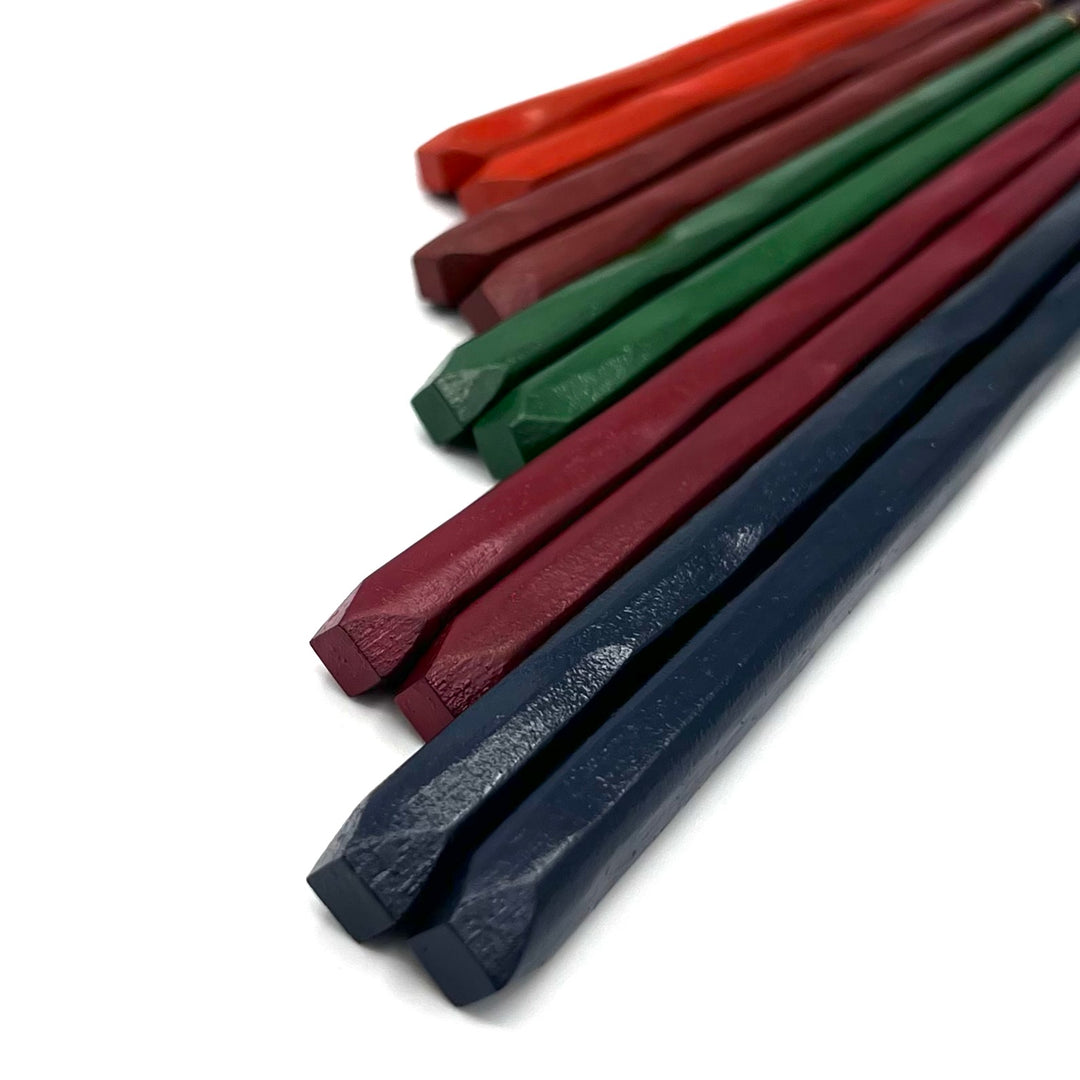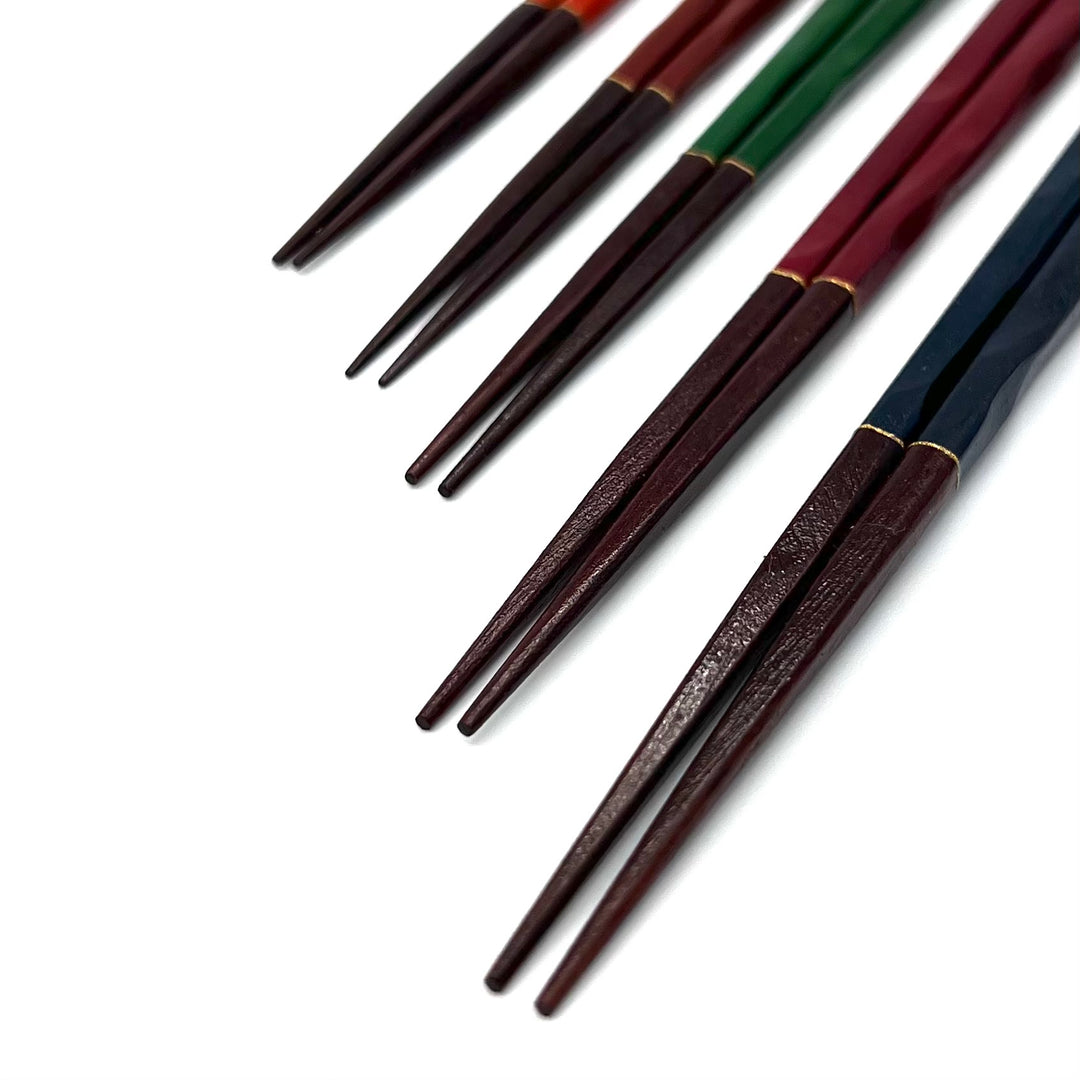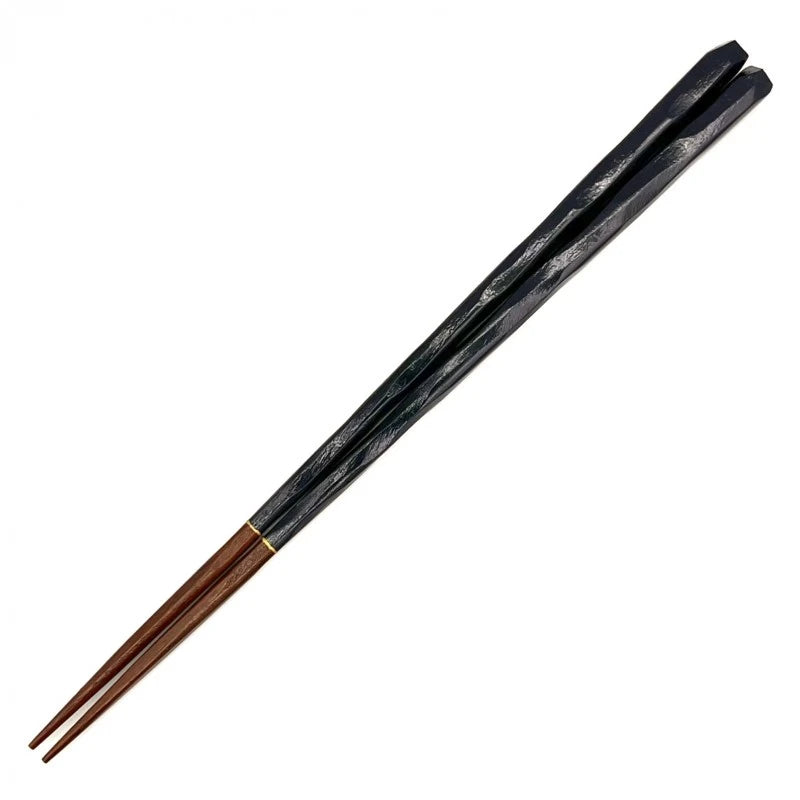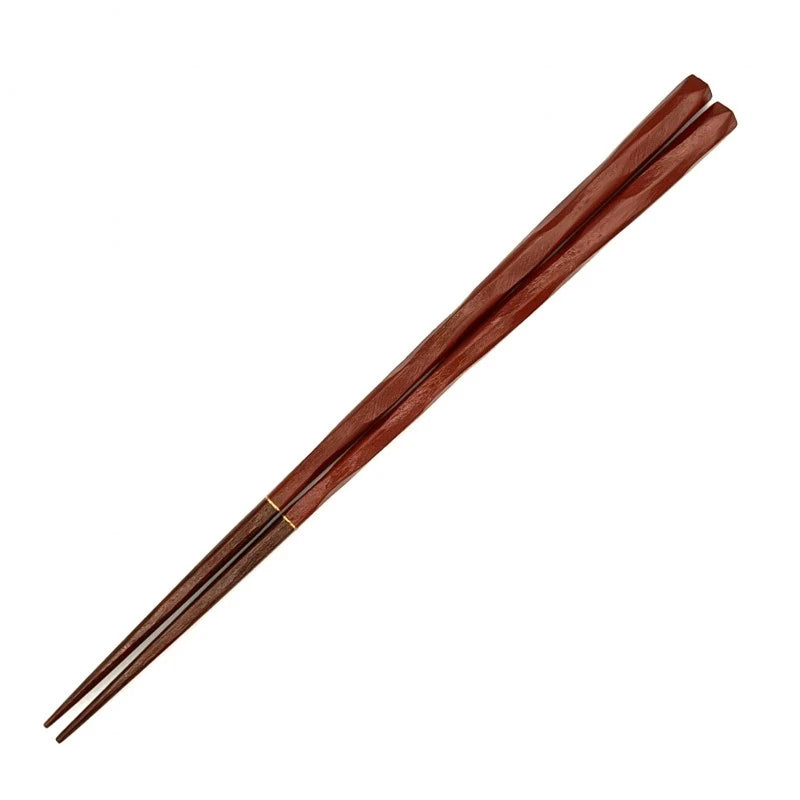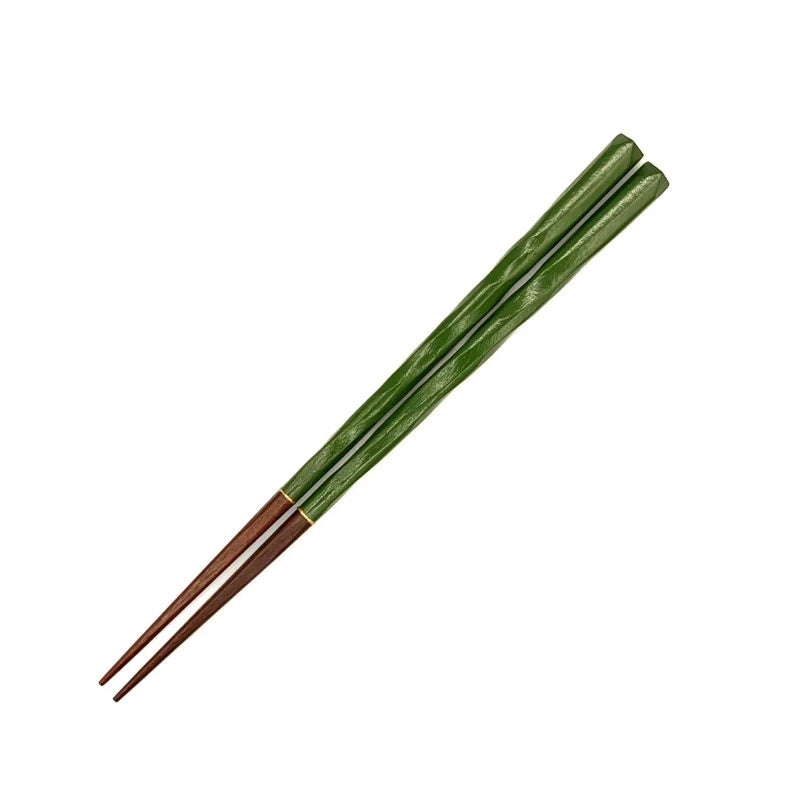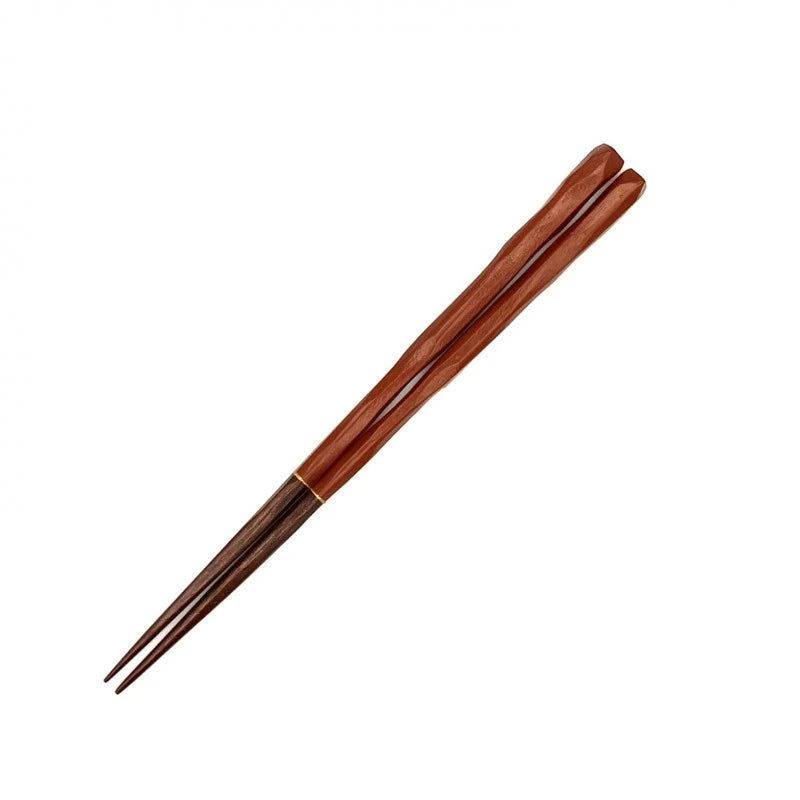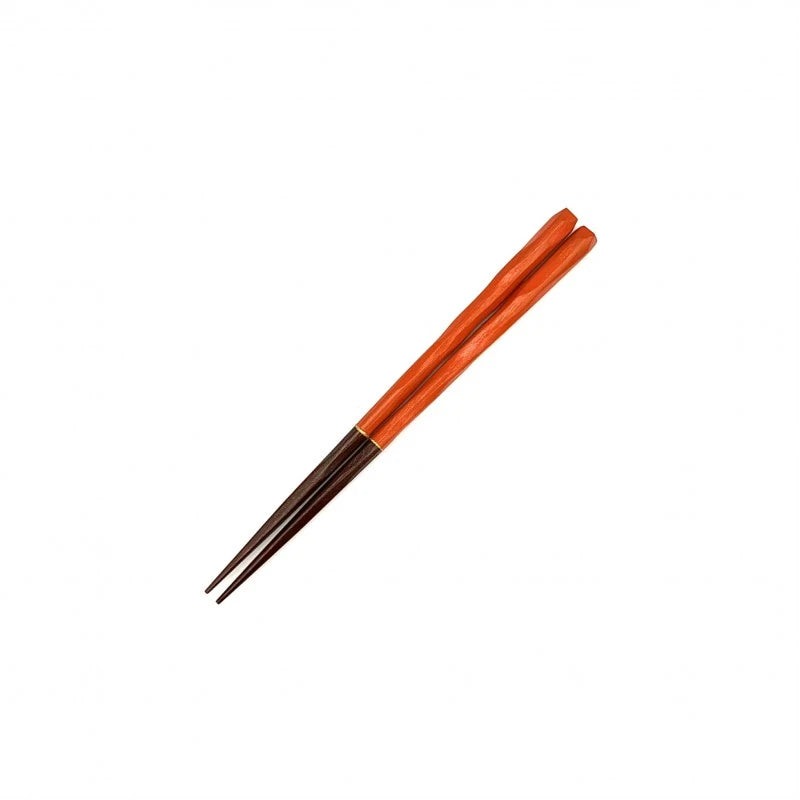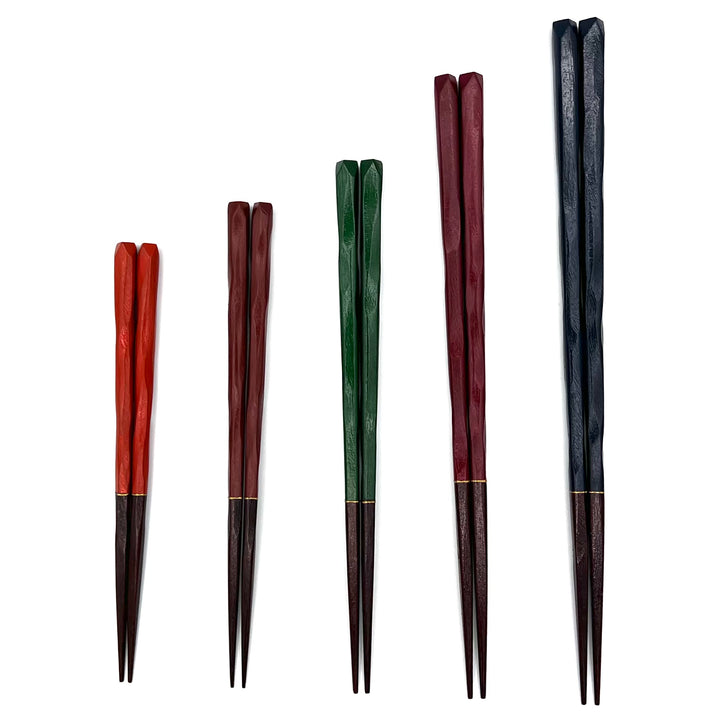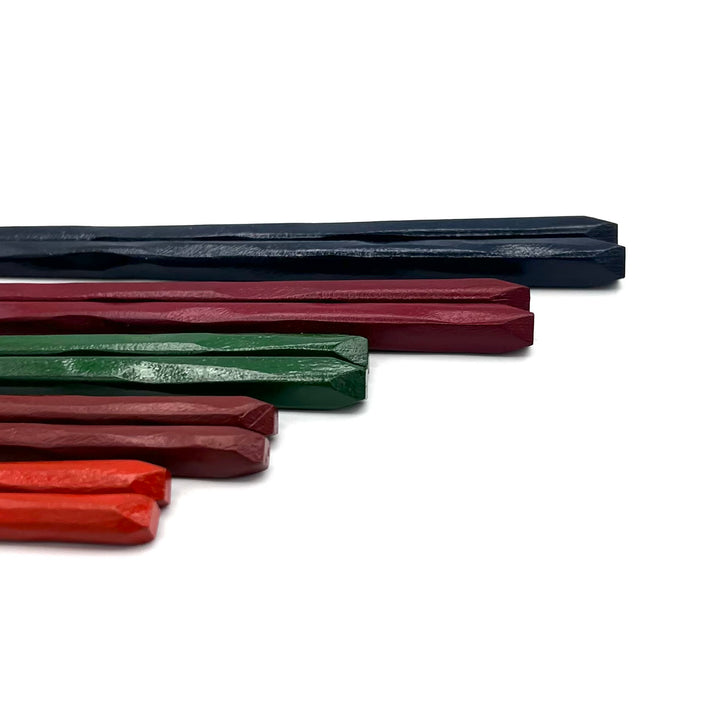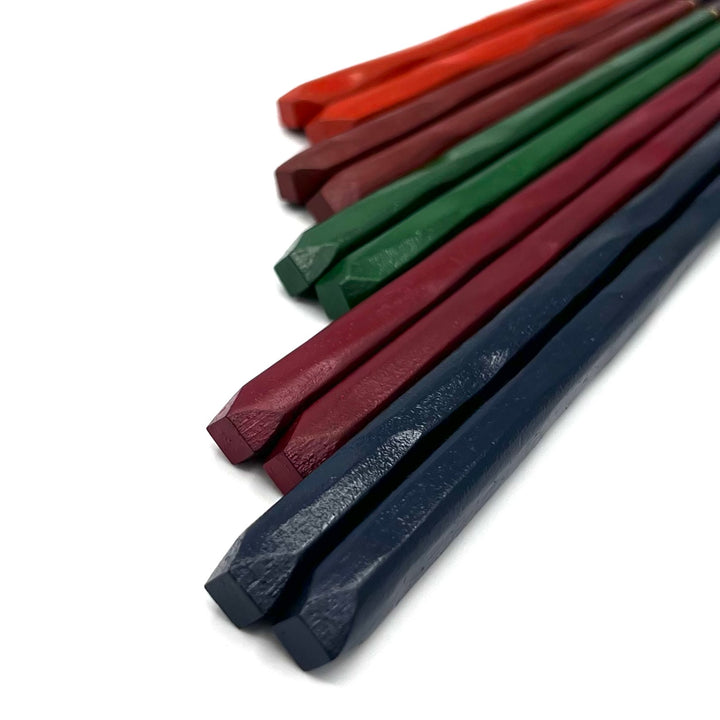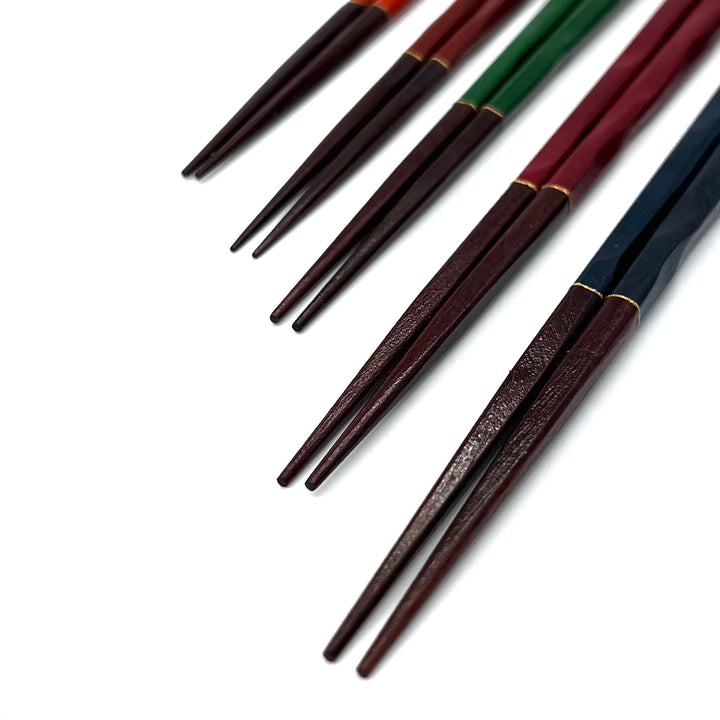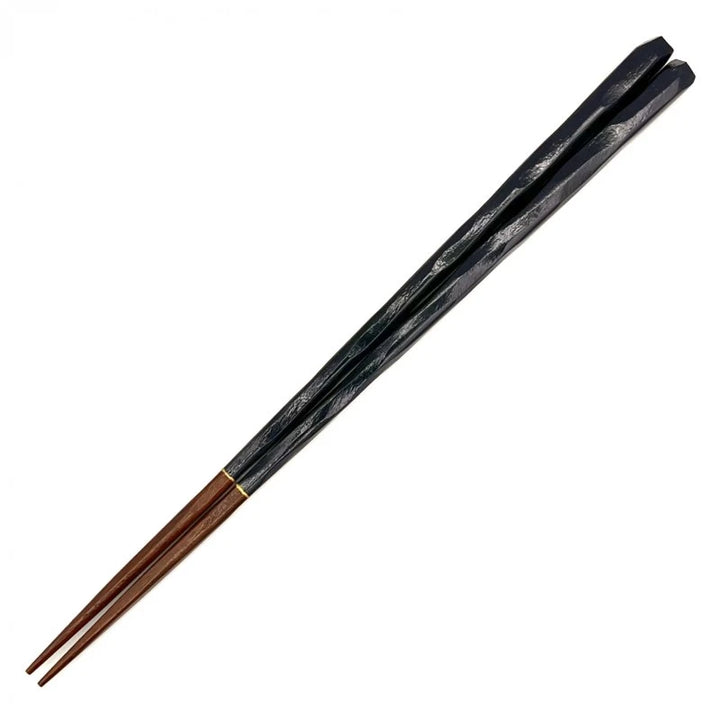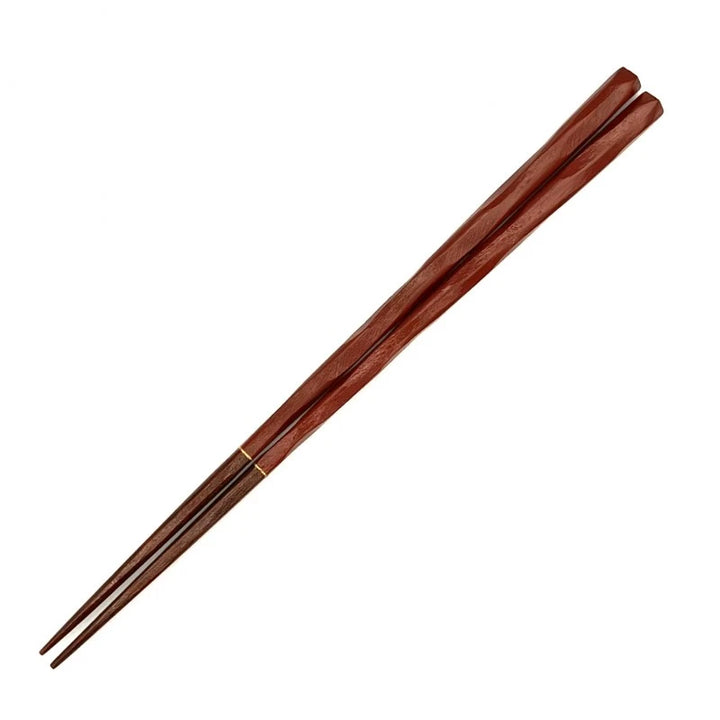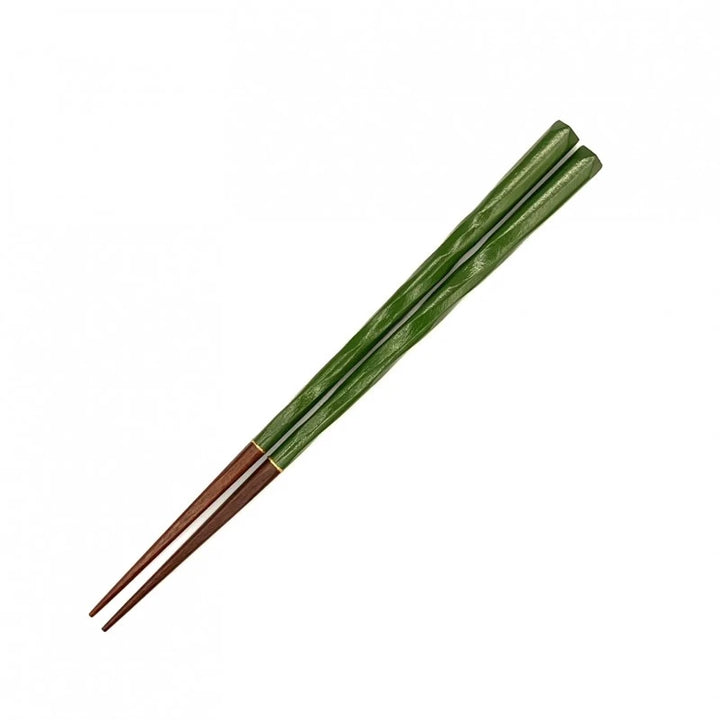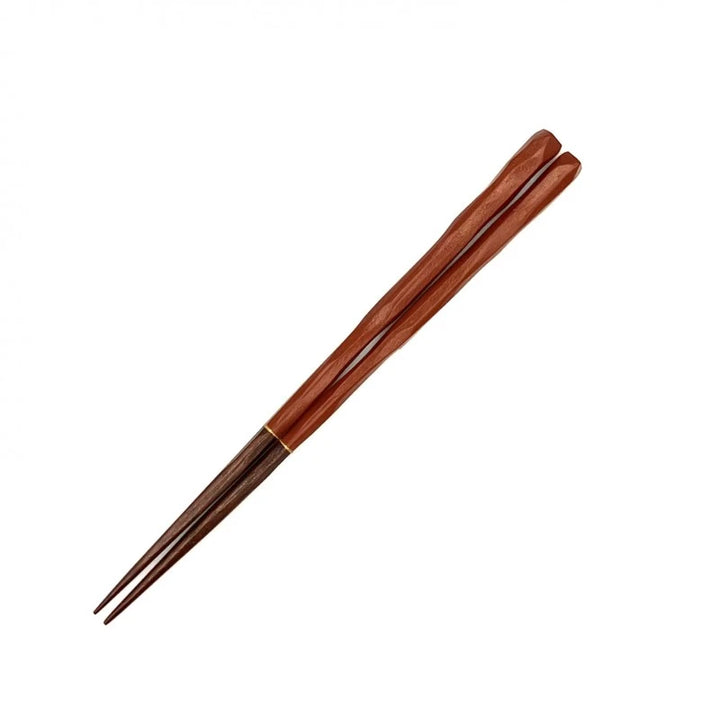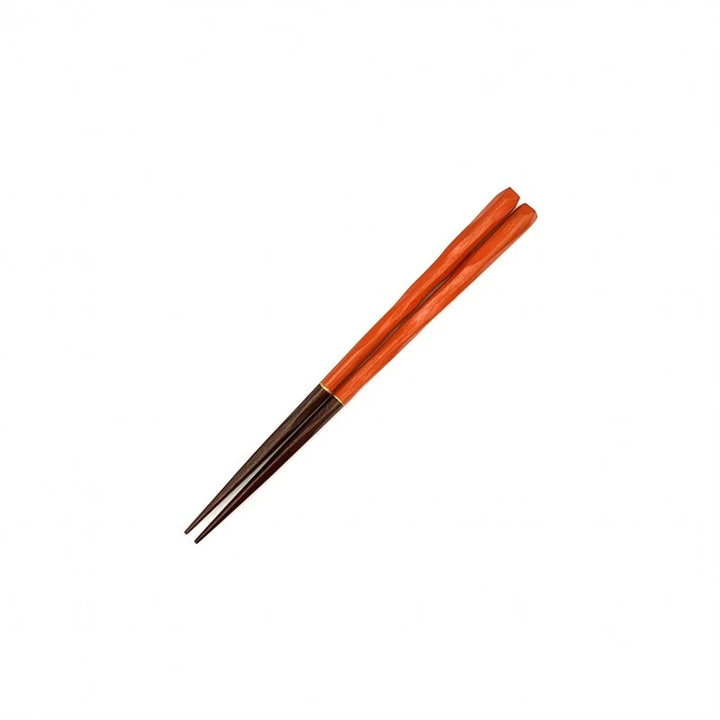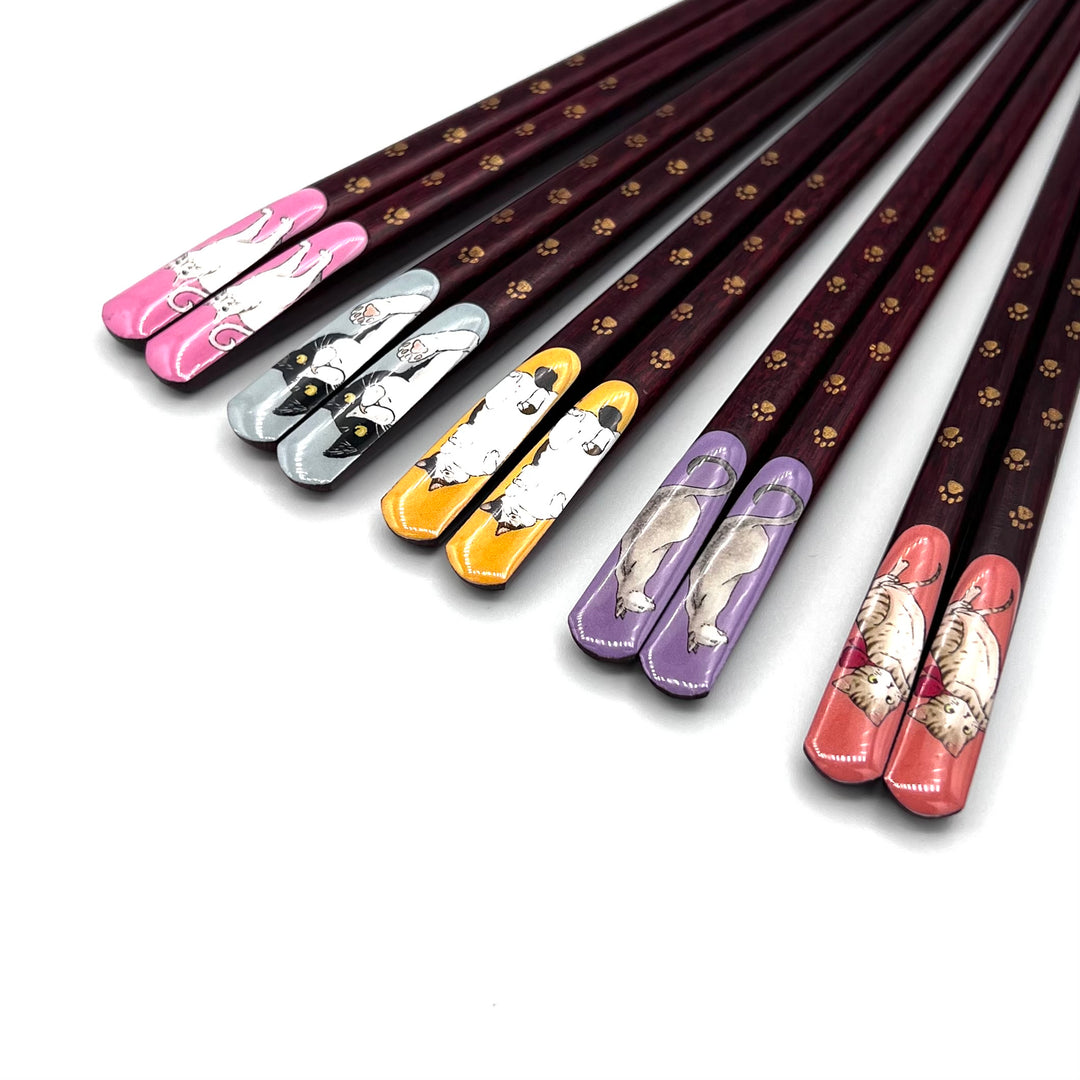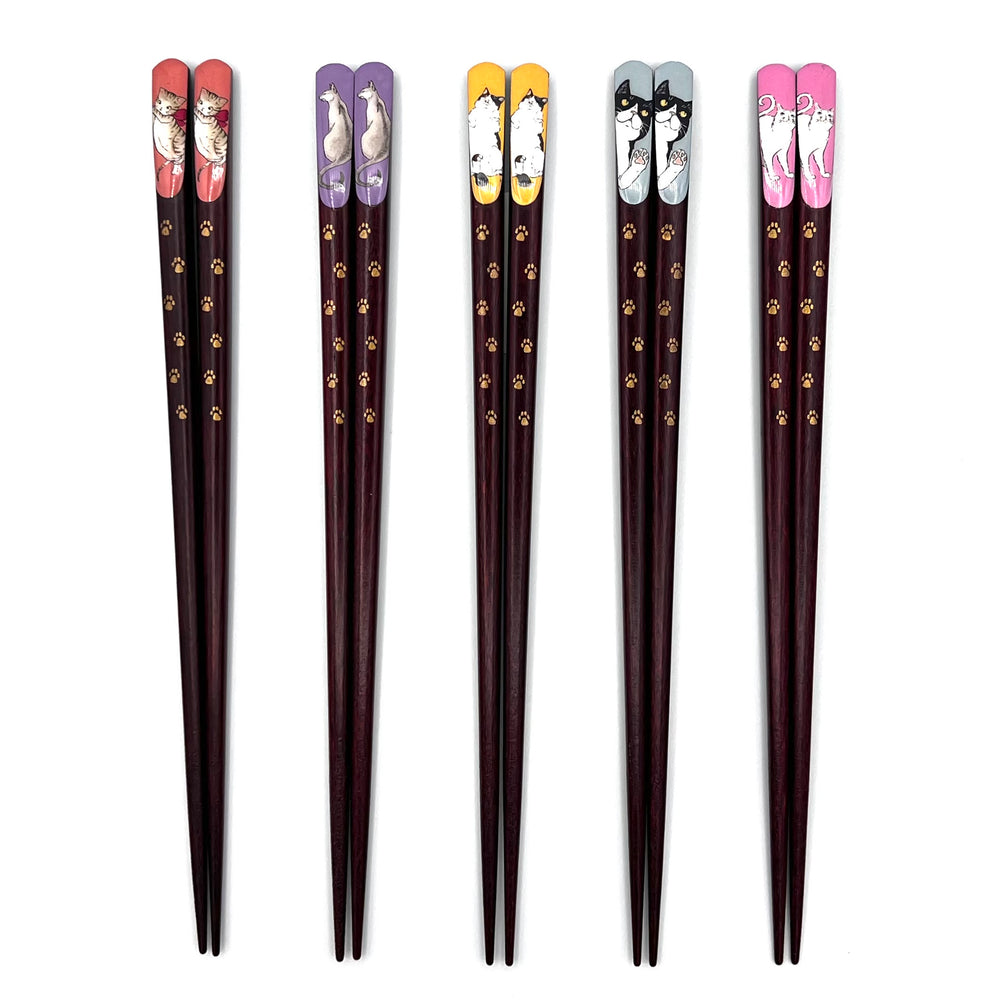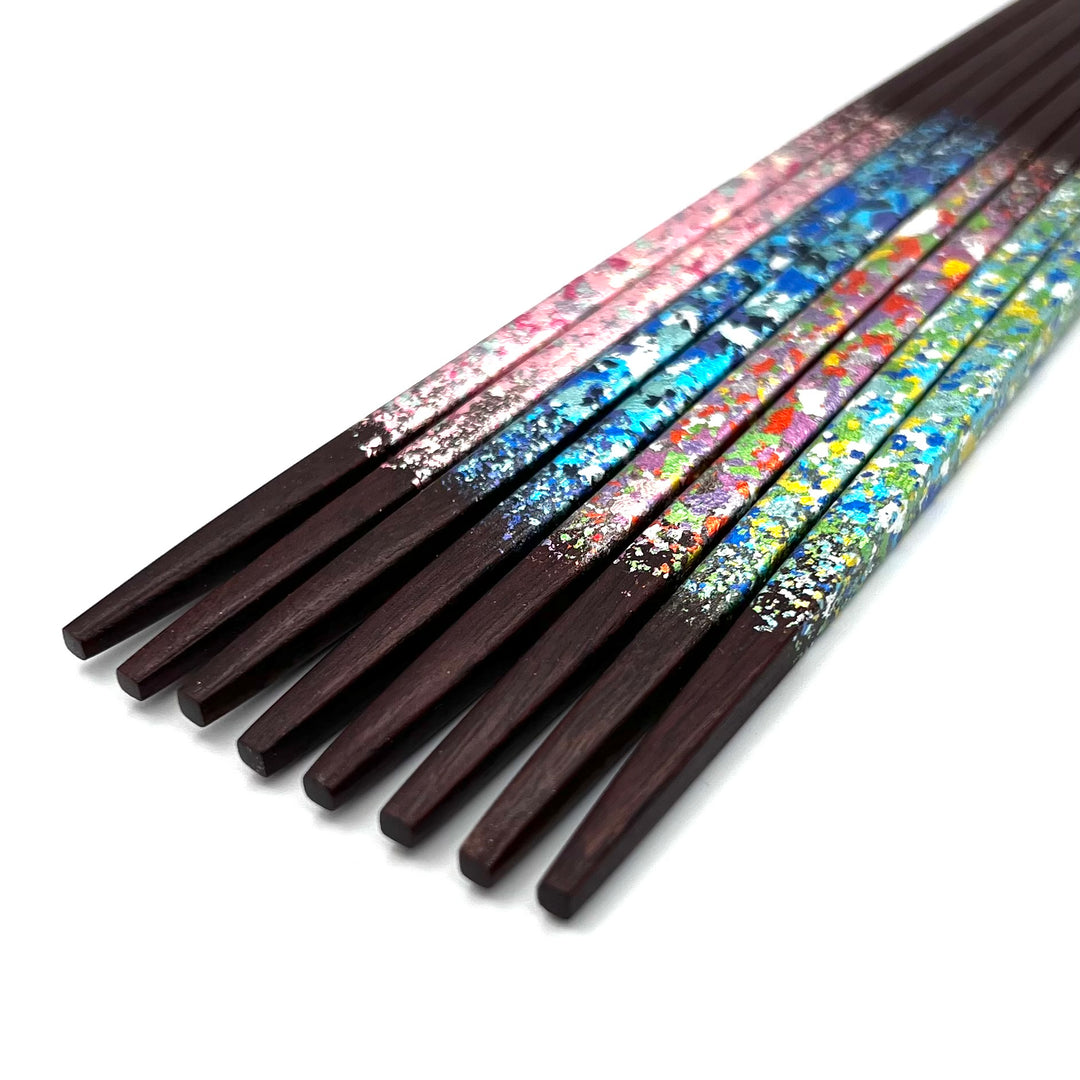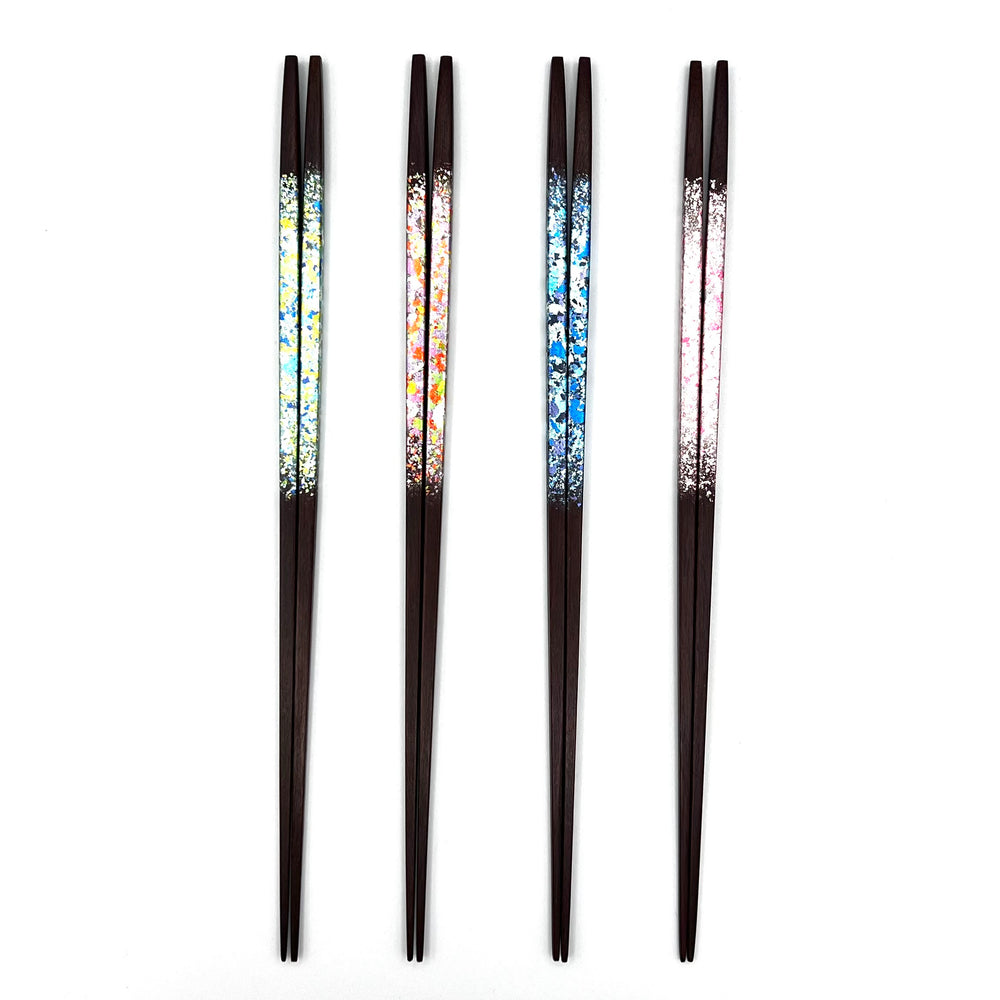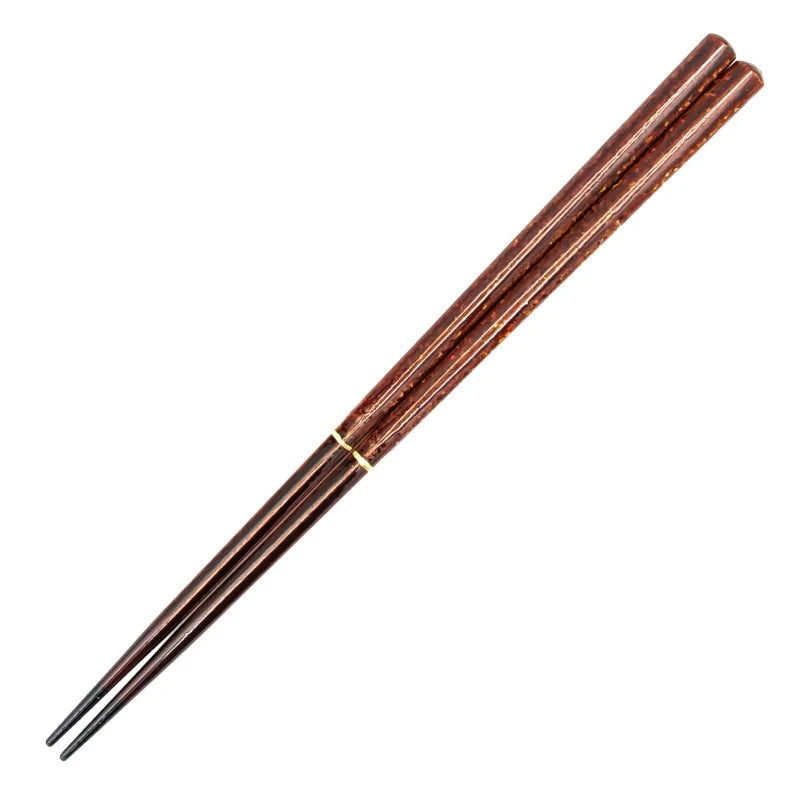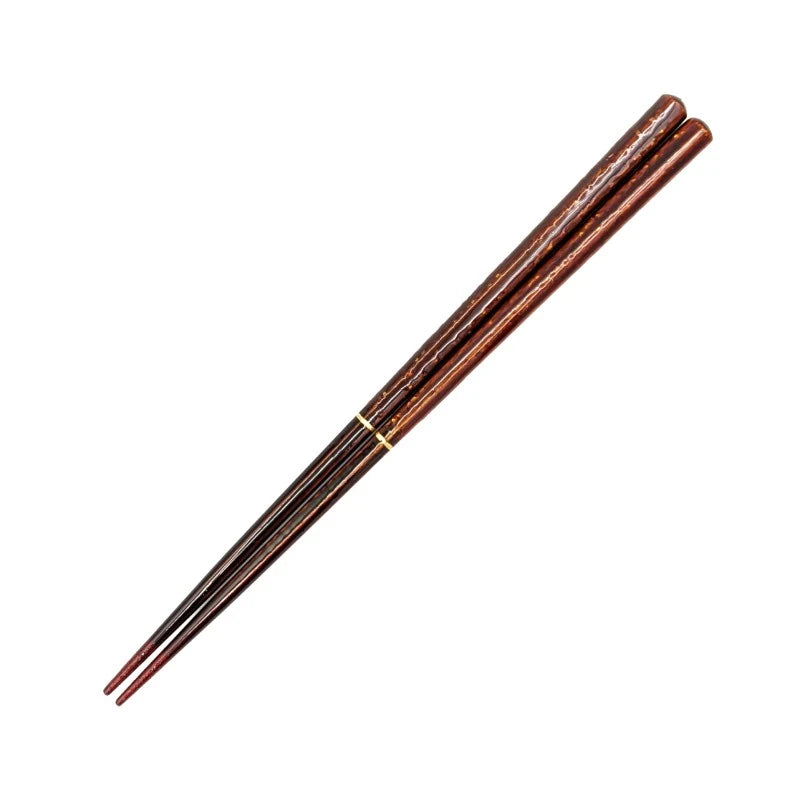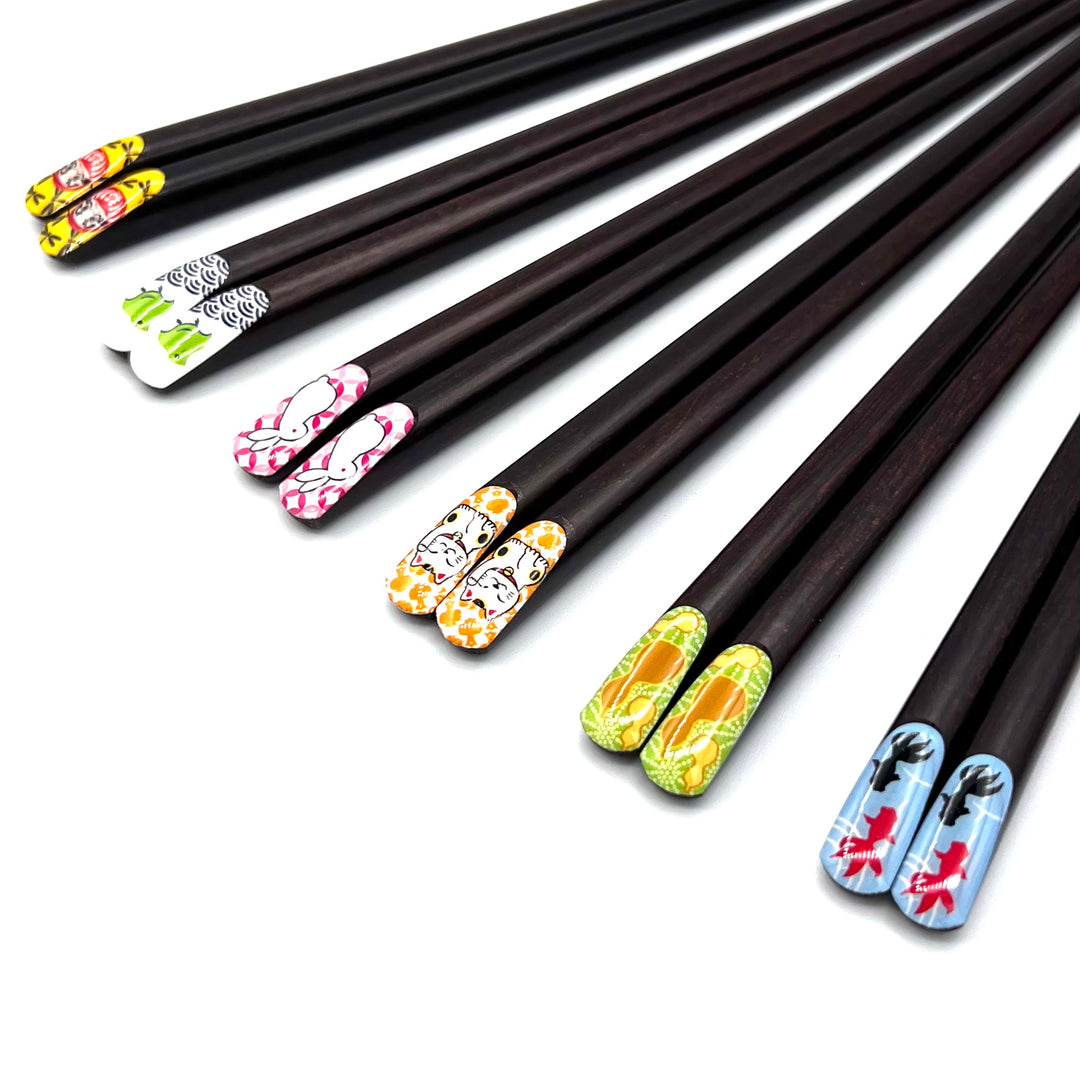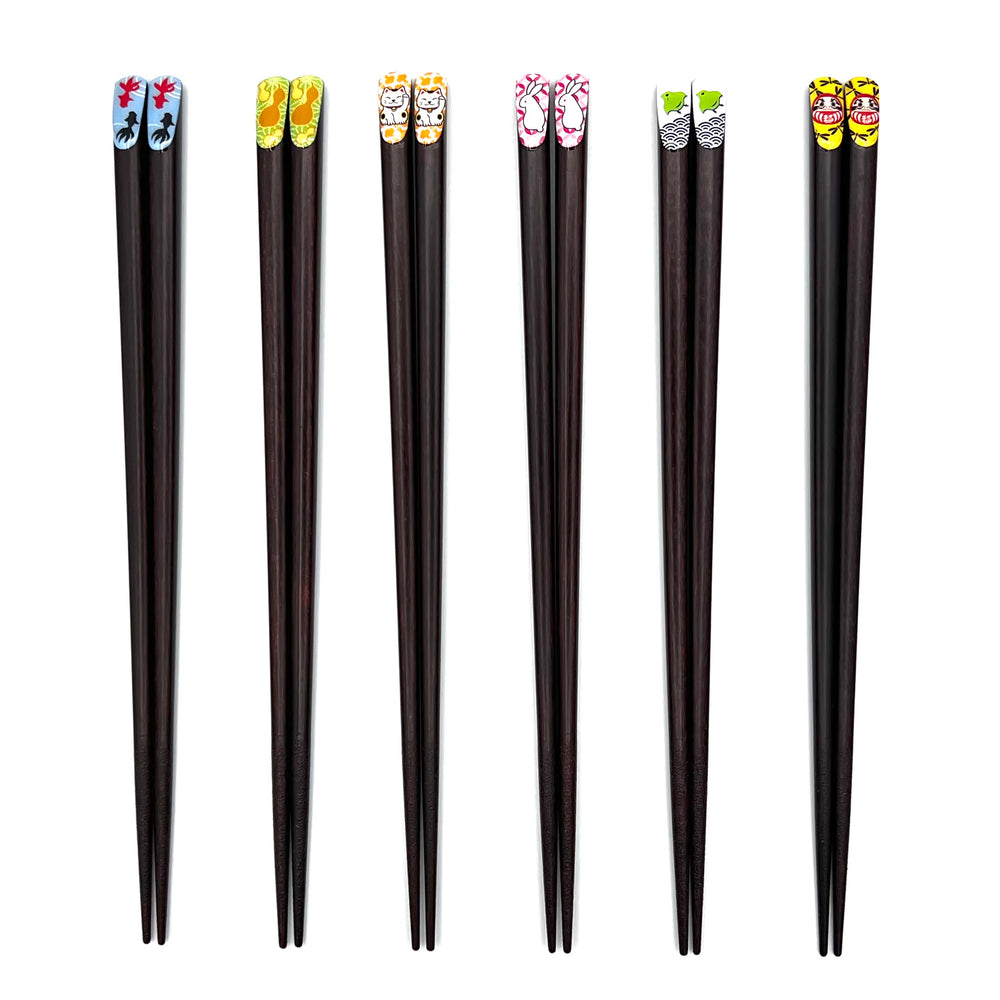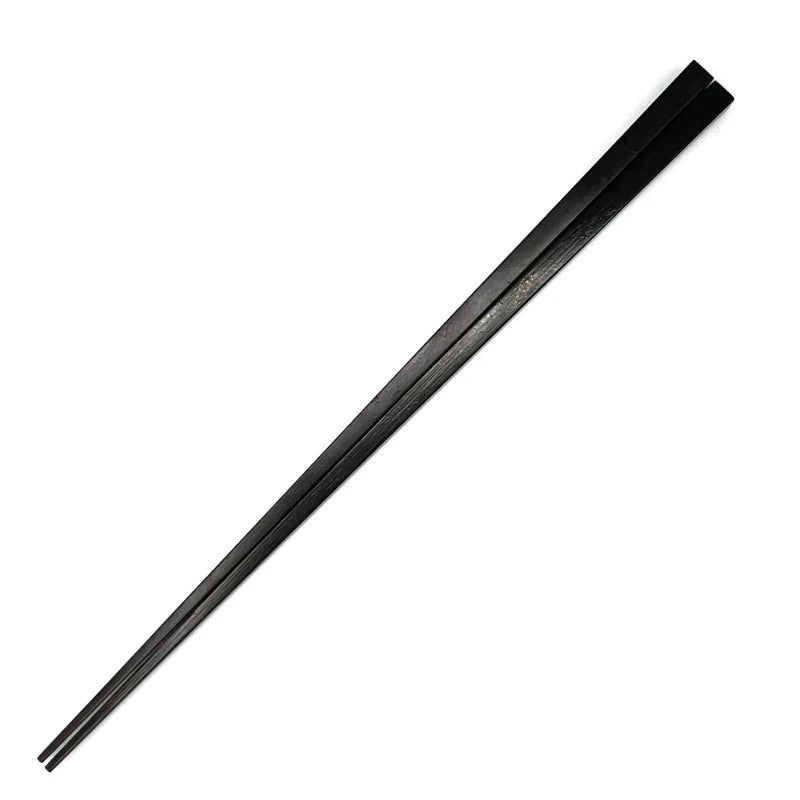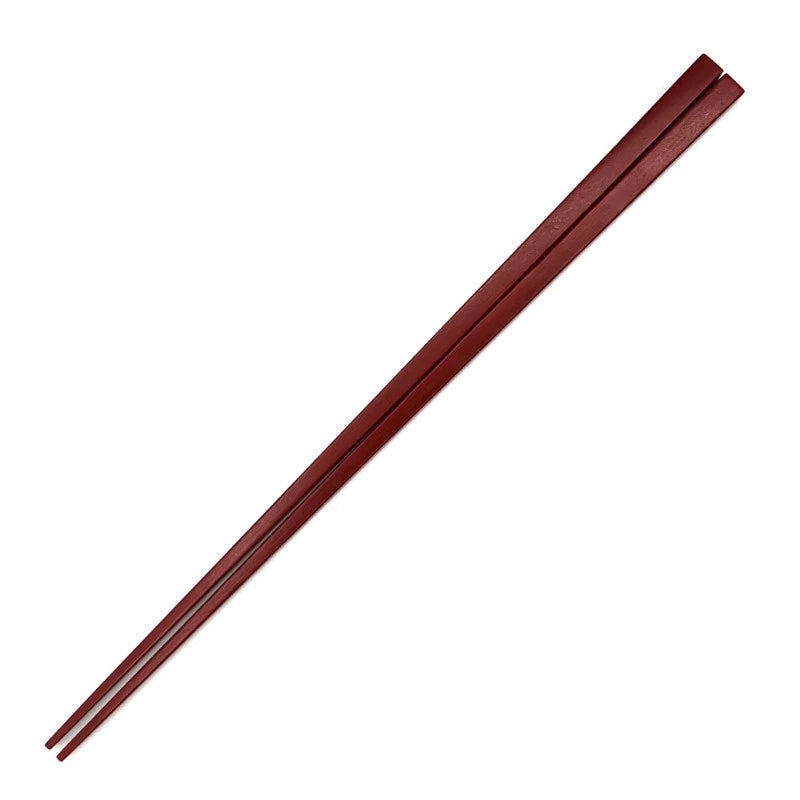How to Use Chopsticks: Easy Grip and Practice Tips
For first-time chopstick users, mastering the proper grip and movement can be a bit tricky. This article explains the basics in a clear, beginner-friendly way. We’ll also recommend chopsticks that are easy to practice with, so you can build confidence step by step. Mastering the use of chopsticks will allow you to enjoy Japanese cuisine more fully.

Why Learning to Use Chopsticks Matters
In Japan, using chopsticks properly is considered a reflection of manners and graceful behavior. Knowing how to handle them correctly shows respect for those around you and helps create a pleasant dining atmosphere.
For visitors to Japan especially, being able to use chopsticks properly shows appreciation for Japanese culture. It can also help you feel more at ease when dining with others—whether in a local restaurant or a Japanese home.
Steps to Master the Correct Chopstick Grip
The key to using chopsticks well starts with understanding the proper grip. Practice the following three steps with attention to detail.
Step 1: Holding the Bottom Chopstick Still
Rest the bottom chopstick firmly in the space between your thumb and your ring finger. It should not move during the meal; this chopstick stays stable and fixed.
Step 2: Moving the Top Chopstick
Hold the top chopstick gently with your thumb, index finger, and middle finger, much like you would hold a pencil. Practice moving this chopstick smoothly up and down. The key is to grip it lightly and allow the movement to feel natural.
Step 3: Picking Up Food with Both Chopsticks
Keep the bottom chopstick fixed while moving only the top one. Use the tips of the two sticks to pick up and lift the food gently. Practicing with small items like beans is a great way to improve your control over the chopstick tips.
For a more detailed look at finger positions and movements, please see our complete guide below.
Common Beginner Mistakes and How to Fix Them
Using chopsticks requires a delicate balance of finger position and pressure. The fastest way to improve is by consciously practicing the correct movements during your daily meals. Here are some common mistakes beginners make. By understanding the causes and fixes for these errors, you can achieve a natural and beautiful chopstick style.
Mistake 1: Crossing Your Chopsticks

Mistake 2: The "Fist Grip" (Holding Chopsticks Too Tightly)

Mistake 3: Opening the Chopstick Tips Too Wide

Mistake 4: Using Chopsticks That Do Not Fit Your Hand
No matter how much you practice, chopsticks will feel difficult to handle if their length or shape does not suit your hand. A good rule of thumb for ideal length is about 1.5 times the distance between your thumb and index finger when held at a right angle. Chopsticks that are too long are hard to control, and those that are too short are hard to pick up food with. Choosing chopsticks with a non-slip finish or those made of natural materials like wood or bamboo that feel good in your hand will make them easier to handle and help you learn faster.
You can learn more about Ginza Natsuno's different chopsticks and materials below.
Practice Tips and Recommended Exercises for Chopstick Users
The surest way to master chopsticks is to practice a little bit every day. As you become more comfortable, you can gradually increase the difficulty to help achieve a more stable grip. To refine your chopstick skills, try incorporating the following practice methods.
Practice Picking Up Small Items
Start by practicing with items like beans, small scraps of paper, or even grains of rice. Begin with larger items and slowly move to smaller ones as you improve. This helps you develop fine control with your fingertips. The key is to avoid using too much force. The goal is to learn the feeling of moving the chopsticks lightly and gently lifting the item with the tips.
Practice Picking Up Different Kinds of Food
Once you are comfortable, change the texture of the food you practice with. For example, using soft, easily broken items like avocado, cheese, or tofu, or slippery foods like tomatoes, grapes, or olives, will teach you how to adjust your grip and pressure naturally. Because each food requires a different amount of force and movement, this serves as practical training. By repeating these exercises, your chopstick skills will become stable during daily meals.
Ginza Natsuno offers a wide selection of chopsticks with shapes and materials suitable for beginners and practice. Find your favorite pair and make learning an enjoyable activity. You can view our training chopsticks on the page below.
What Are the Best Chopsticks for Beginners?
When you are new to chopsticks, it is important to choose carefully based on the material, shape, and length. Selecting a pair that feels comfortable and is not slippery will speed up your learning and help you naturally develop graceful movements.
Materials and Shapes Suitable for Beginners
We recommend chopsticks made from natural wood or bamboo because they are light and feel familiar in the hand. Choosing chopsticks with an anti-slip surface or a square shape will provide a better grip on food and increase stability.
Ginza Natsuno's Recommended Beginner Chopsticks
Ginza Natsuno's Beginner-Friendly Chopsticks collection combines the beauty of traditional craftsmanship with high practicality. They are designed to be easy to hold and use, making your daily meals more fun and comfortable. Check out the page below now to find the perfect pair for beginners.
Enjoy Japanese Food Culture with the Correct Chopstick Use
Chopsticks are a tool for eating, but they also represent the beautiful manners and thoughtfulness of Japanese culture. By mastering the correct way to hold and use them, your mealtime will become more mindful and richer. If you practice consciously every day, you will be able to appreciate Japanese food culture more deeply. Find the perfect pair of chopsticks from Ginza Natsuno's collection and experience the charm of the Japanese dining table.


